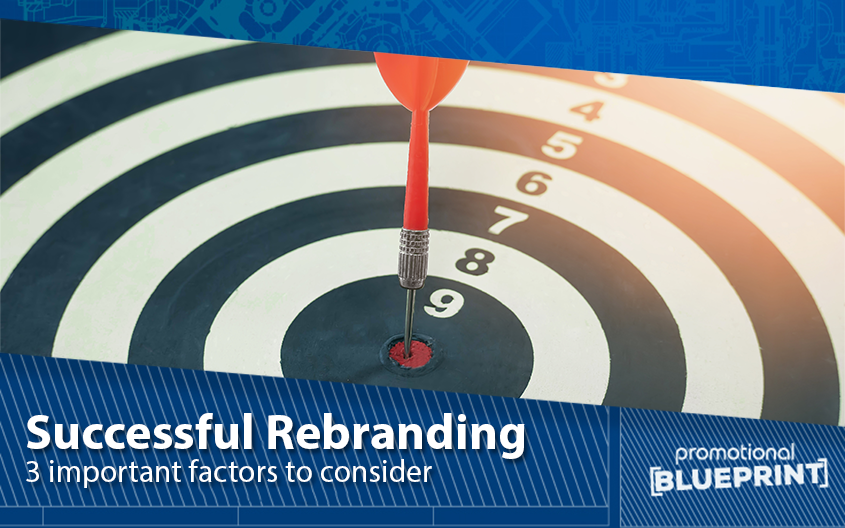
Sometimes, a brand needs a fresh start and depending on the approach we take, it can succeed or fail spectacularly. As an example, let’s go over a popular Kellogg’s breakfast cereal that has made waves in the UK for more than half a century now.
The original cereal, marketed with a familiar mascot, the now-famous Coco the Monkey, was named Coco Pops for the UK market. It retained that name until 1998, when the company decided to rebrand the cereal giving it a new name. Said name was Choco Krispies, and there was an advertising campaign that lauded the change. However, the general public did not accept this name change. In fact, the brand held a poll across the country and a surprising 92% favoured the old name. This chagrin of the buyers was also reflected in the drop in sales.
So, additional rebranding was needed, and the company held an official vote for another name change. Unsurprisingly, Coco Pops won over Choco Krispies and has remained the name of the brand in the UK until today.
So, if we were to rebrand our company, what would it take? It’s obviously not as simple as changing a name, so in this article, we’ll go over what one needs to take into account when rehauling their brand for the future.
Beyond the New Logo
Most brands with little experience will simply make small aesthetic changes, such as changing a logo. This practice is not new, as many international brands have been changing logos regularly since their inception. DC Comics is an excellent example of this trend, as are Google, Pringles, MasterCard, eBay, Mozilla, and plenty of others. More often than not, the change is major enough to differ from the old logo but minor enough to retain brand appeal.
However, as is the case with brand names, choosing a new logo is merely one of many steps that follow. Often, if we want to change something about our company image, we will need to do it thoroughly, from the ground up. For example, maybe our company is shifting direction or opting for a new policy. With that in mind, our products, visual identity, and slogans have to reflect that change. If a brand decides to move from ‘bathroom essentials’ to ‘consumer tech’, then it can’t sell items related to bathroom essentials during that process. And even if we’re giving away default items like branded pens, notebooks, bags, or umbrellas, we need to consider the size, type, and design choices of each item.
Social media coverage is another big element to deal with. If we want to rebrand, we need to spread the word as far and wide as possible. Therefore, all of our upcoming social media posts and design choices have to reflect this change. It can start subtly and then expand into concrete changes.
Careful Consideration
Lots of people assume that rebranding is done overnight, and it can definitely feel that way sometimes. That’s especially true in the recent years, where every single trend has a shelf life that can almost be counted in minutes. Of course, proper rebranding is nowhere near fast. It’s a process that requires a lot of hard work and careful planning. So, here’s a quick tip: always start working on the rebranding process several months ahead of your goal.
When rebranding, we quite literally have to think of everything. We have to consider what the public wants, how we can achieve that, and how we can keep it relevant for the future. Moreover, we must think about what our current brand lacks, why it isn’t sustaining itself, and if there are any elements we can keep. Then we can focus on the details. In other words, discussions about name changes, logo redesigns, colour and pattern shifts, slogan updates, etc., are secondary. But once we go over them, we can focus on how to spread the word about the rebranding to as many people as possible. Social media is one way, sure, but we can also do it via emails, phone calls, and website updates.
Related content:
5 Useful Steps for Rebranding Your Business
Creative Rebranding for the Long Run
Rebranding is an opportunity to refresh our company’s standards. It’s a vital tool that every single business employs, and as is the case with everything else, it requires a lot of investment, time, and effort. But if we do it right, we can maintain our brand’s positive image in the eyes of the masses.
You may also like:
7 Effective Ways to Build a Solid Brand Identity
The basics of rebranding are in the sections above. You may choose to incorporate promotional products in your rebranding strategy. See all our products here.
If you want to find out even more, you can give us a call at 0800 0148 970 or simply email us today. We can talk about any topic related to rebranding and help you find your way around it all.






